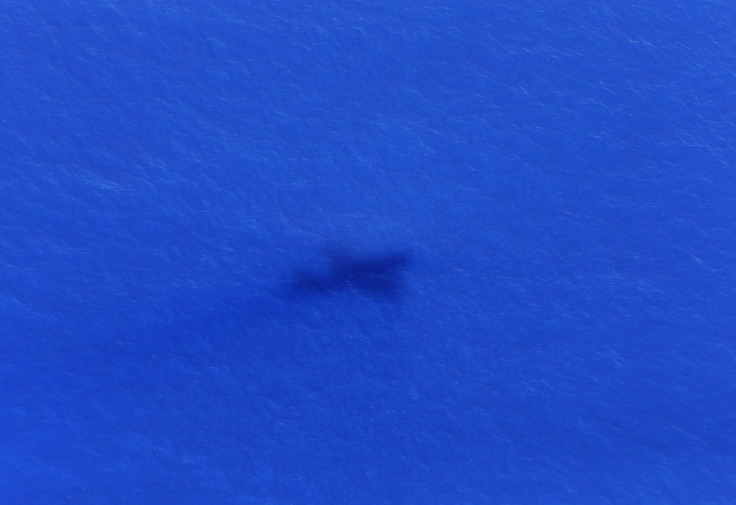The Latest On Flight MH370: With All Eyes On AirAsia 8501, Search For Missing Plane Continues

As investigators sort through the wreckage of AirAsia Flight QZ8501, what happened to Malaysia Airlines Flight 370 continues to baffle as one of the greatest mid-air disasters in the modern era. The mystery of MH370, which vanished in March with 239 people aboard, still torments those who lost loved ones in the plane’s supposed plummet into the Indian Ocean. With few leads, the outlook for finding the missing aircraft remains grim.
But aviation experts say that despite uncertainties about the plane’s location as well as gaps in critical data – the world knew practically nothing about the topography of the southern Indian Ocean before MH370 – it is only a matter of time before the plane is found. “I’m sure it’ll be located in the same sense that Amelia Earhart’s plane will be located,” aviation consultant Robert Mann of Port Washington, New York, told International Business Times. “You have the same problem – no one really knows the plane’s location relative to its last known position.”
Countless man-hours and millions of dollars have been poured into locating MH370, but nine months into the search, no evidence has been recovered. Batteries in the plane’s black box data recorders, wherever they may be, are long dead. Time and time again, debris found on the ocean’s surface has proved to have no connection to MH370.
Crews recently finished mapping about 23,000 square miles (60,000 square kilometers) of sea floor near Australia, widely considered the final resting place of MH370. Underwater search vessels fitted with sonar are scouring the ocean for abnormalities – anything that could indicate a crash site. The search zone is roughly the size of Belize.
Investigators have covered about two-thirds of the search zone, according to the Australian Transport Safety Bureau, which has spearheaded the effort at the request of the Malaysian government. Three vessels – two provided by a Dutch contractor, the other by Malaysia – are leading the quest. Two of the ships are using underwater sonar devices called towfish, which are lowered to about 328 feet (100 meters) above the ocean floor to look for wreckage.
The underwater scans could be completed as early as May 2015, according to the ATSB. Australia and Malaysia have earmarked around $60 million each to fund the expedition, according to an Associated Press report from October.
Still, doubt about whether investigators are even looking in the right place lingers. The area in the southern Indian Ocean was chosen based on satellite data from multiple agencies, but it is an educated guess at best, according to experts. Trying to find a needle in the haystack is one thing, Mann said, but “searching for the haystack itself is a bigger problem.”
Air traffic control in Kuala Lumpur lost contact with MH370 less than an hour after the Boeing 777-200ER left Kuala Lumpur International Airport for Beijing on March 8. The Malaysian military continued to track the aircraft with radar for another hour, until the plane fell out of range over the Andaman Sea, far off course. With no distress call, experts had little reason to believe that bad weather or foul play had a hand in the plane’s demise. The leading theory is that the plane ran out of fuel and crashed while on autopilot, according to the AP.
AirAsia Flight 8501 went missing off the coast of Indonesia on Sunday. Unlike the search for MH370, investigators have said they are close to locating Flight 8501. Officials are almost certain that debris spotted in the Java Sea is from the missing aircraft. The area of ocean in which the plane is said to have gone down is also significantly shallower than the Indian Ocean, making finding a plane on the sea floor more likely. At least 40 bodies were sighted and several were recovered on Tuesday in the waters near Borneo.
In the era of smartphones and state-of-the-art tracking technology, it’s hard to imagine a sophisticated passenger jet like MH370 simply vanishing. However, experts say the situation is more nuanced. “People ask if you can find my iPhone, why can’t you find my airplane? It’s not the same analogy,” Mann said. “If you try to use ‘find my iPhone’ and your iPhone is on the bottom of the ocean somewhere, you’re not going to find your iPhone.”
© Copyright IBTimes 2024. All rights reserved.





















